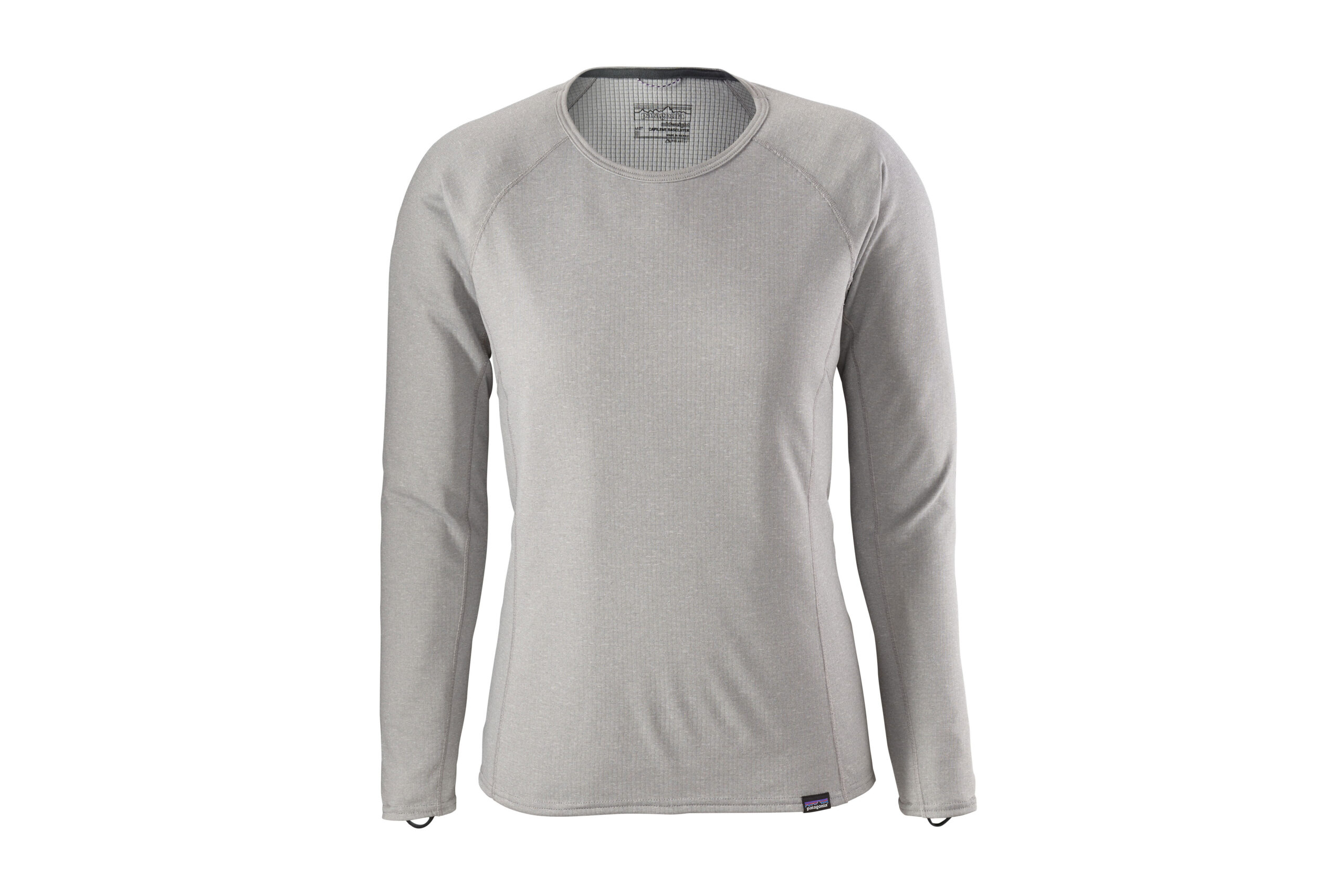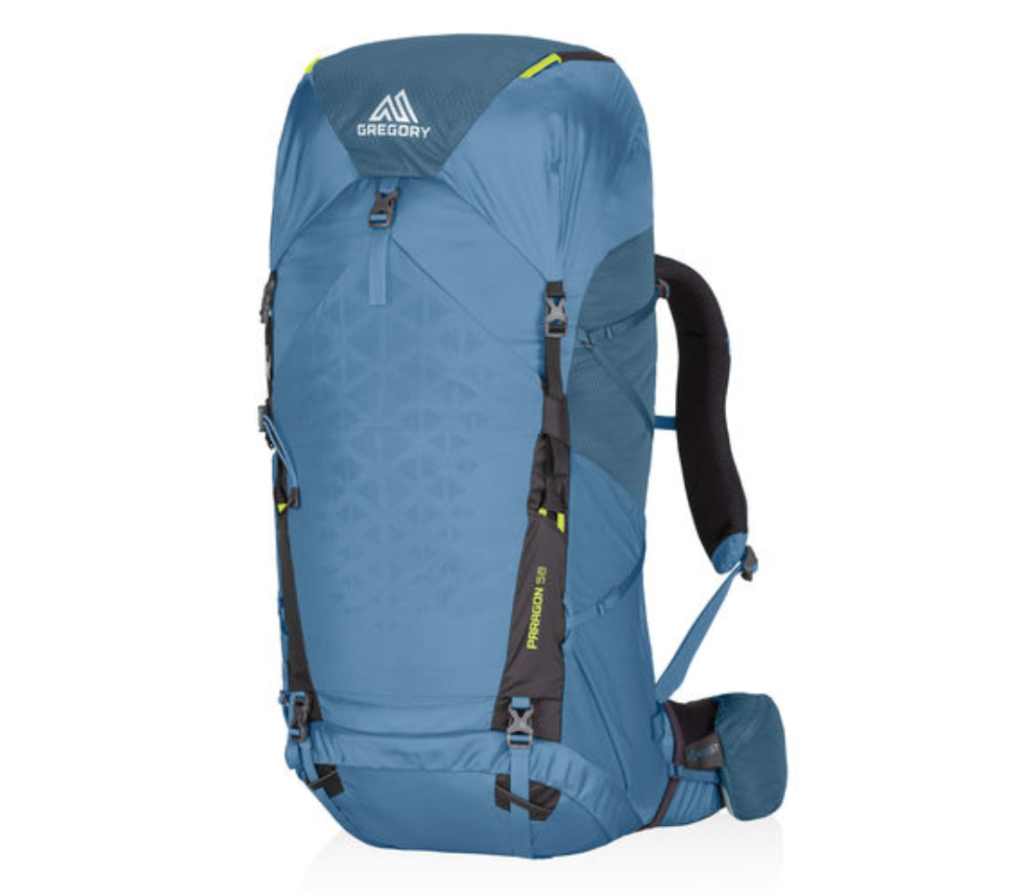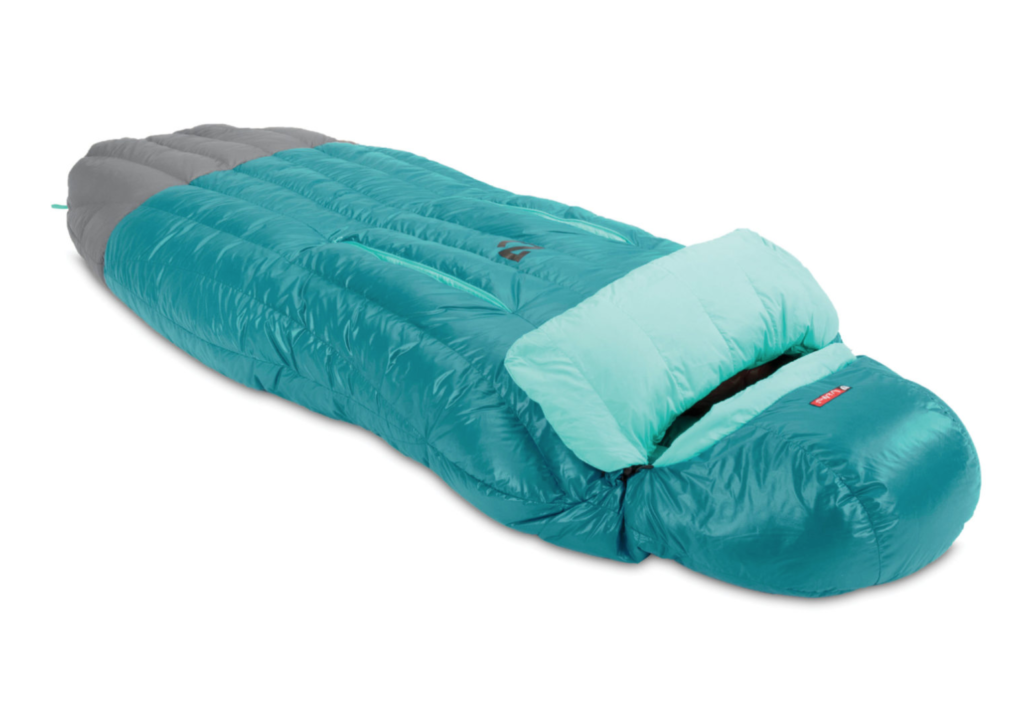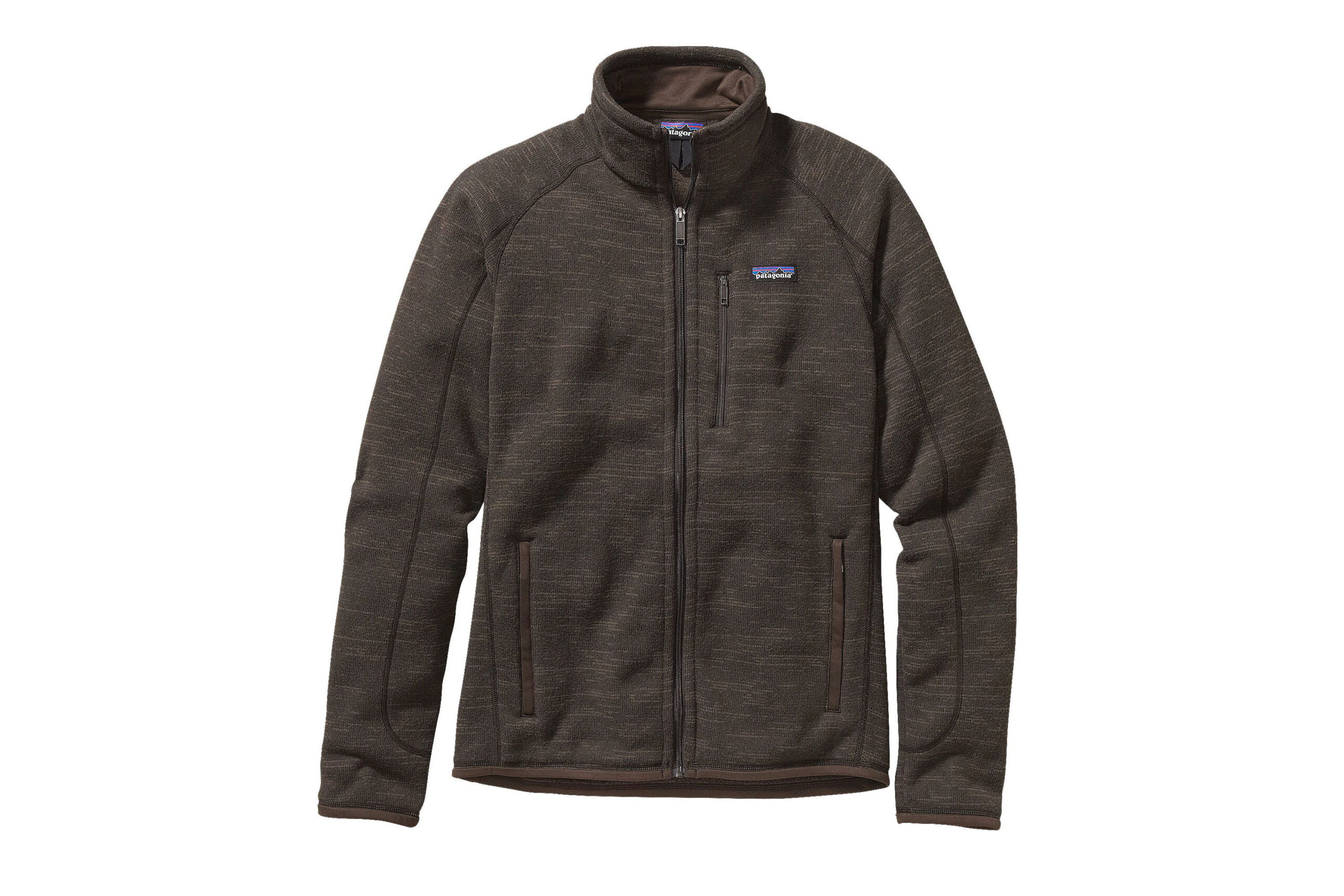February Gear: Layers
Have you noticed how cold this winter has been? A record number of continuous days below freezing, the absence of our beloved winter thaw, rivers freezing over. The kind of cold that could keep a person indoors if he or she didn’t have the proper attire. Staying warm on a 25-degree hike starts with good layering, and good layering starts with a good base layer. Two thoughts on the subject:
Smartwool 250. Smartwool’s 250 line includes tops and bottoms for men and women: these base layers are your first line of defense against the cold. The 250 line is especially good for long hikes, the kind of hikes on varied terrain where you may hike for a couple hours between breaks, where you’ll build up some heat that the 100 percent Merino wool fabric will help you retain. And should you break a sweat? Rest assured it will be swiftly whisked away from your person, lest it linger and create a chill. If you do work up a good sweat — let’s say on the 5.5-mile Mount Mitchell Trail that gains 3,700 vertical feet before reaching the highest point on the East Coast — rest equally assured that there will be no lingering malodorousness (the biggest argument for Merino wool, in our book). A one-quarter zipper helps you further regulate heat. And did we mention there are Smartwool 250 bottoms? Legs can get cold, too, you know. Learn more here.

Patagonia Midweight Capiline. Not a fan of zippers? Like the snug, but not tight, feel of soft fabric against your skin? In this popular and effective base layer, Patagonia’s Polartec® PowerGrid fabric feels good, keeps you warm, and with a spritz of its Polygiene® permanent odor control you can go from trail to pub without fear of arousing suspicions that a skunk has entered the premises. Here’s another great feature: the sleeve ends are fitted with elastic thumb loops. So if you’re starting up from a lunch break and it’s time to peel off that outer layer before resuming your hike, you needn’t worry about your sleeves slipping off with your jacket. A little thing, perhaps, until you’re standing there with an exposed top, in a chill wind, fishing your base layer out of your jacket. Learn more here.
February Gear: Backpacks
Gregory Paragon (guys) / Maven (gals). You like the idea of lightweight in a pack, but are your ready for ultralight? For many of us, ultralight carries with it the connotation of sacrifice: of sleeping under a wispy tarp instead of inside a study tent, of a flyweight (and possibly fly-away) poncho, of forgoing a stove and subsisting on nuts and berries. Of no coffee. Isn’t there a happy medium? There is, and Gregory addresses it with its new line of Paragon packs. In its 2017 review of the Paragon 58, backpacker.com said the pack offers big-load comfort (up to a load of 40 pounds) in a lightweight pack with big-pack features. “It has enough pockets to satisfy even our most obsessive packers. And while the 210-denier ripstop nylon packbag is not as robust as some of the other materials in the test, it doesn’t need to be coddled.” The Paragon 58 weighs in at 3 pounds, 9 ounces (compared, say, to Gregory’s classic Baltoro, the comparably sized 65 liter version of which weighs 5.14 pounds. If you’re into basecamping, here’s another feature you’ll like: it includes a detachable daypack.

Perhaps the biggest plus to this pack is Backpacker’s mention of that “big load” feel. One of the challenges of ultralight is that before you can switch to an ultralight pack, you need to downsize the rest of your gear. Got a two-person tent from the 90s, or a synthetic bag? Those could easily consume half the volume of an ultralight pack. With the Paragon your saved pack weight doesn’t come at the expense of more compactable — and more pricey — gear.
Learn more here.
February Gear: Sleep
Nemo sleeping bags. “What are those?” someone asked, pointing at a pair of diverging zippers in the midsection of the sleeping bag.
“Gills,” explained Jonathan Weaver. “They help cool down the bag if it gets too warm.”
Jonathan is a sales associate in our Cameron Village shop, and was giving our GetBackpacking! Intro to Backpacking class an overview of sleeping bags. This evolution of gills was a revelation. But then, they probably weren’t totally surprised, considering the “gils” were on a Nemo sleeping bag. Nemo has been making it possible for backpackers to sleep easier for several years. Their bags are packed with Nikwax Hydrophobic Down®, a type of coated down that makes the bags less vulnerable to wetness. And they pioneered the spoon-shaped bag, which has been a boon to those who feel a bit confined in a straight-jacket mummy bag. Move freely and stay warm at the same time? Crazy, man.
And now, gills — Thermo Gills®, actually. Two other groovy features: A waterproof/breathable footbox (You know how your feet can get wet from tent condensation? Not with this Nemo.); and they have an integrated pillow pocket, which you can stuff extra clothes into for a pillow that won’t elude your head every time you move. OK, three things: the men’s bags zip on the right, the women’s on the left, so they can be zipped together. Aw.
For cool trips, there’s the Rave (w) and Disco (m), both rated to 30 degrees; for cold trips the Cleo (w) and Ramsey (m), rated to 15.

Learn more here.
February Gear: Jacket
Patagonia Better Sweater® Fleece. A good base layer is important, as we’ve seen above. On those days when the temperature isn’t interested in budging much above 40, you need more coverage while you’re on the trail. The Patagonia Better Sweater Fleece offers the type of warmth you’d normally expect from bulkier ware (picture Randy from “A Christmas Story”). Rather, the Better Sweater’s raglan sleeves let you easily shoulder a pack; fleece on the inside wicks away any sweat that might have gotten past your Midweight Capiline (see above); the stand-up collar prevents cold air from sneaking down your neck; and, if you get into a scrambling situation, you get additional abrasion resistance from the “shape-holding micro polyester jersey trim at cuffs and bottom hem.”
And pockets! Not only does it have the zippered hand warmer pockets that you’d expect, but it also has a zippered chest pocket good for stashing everything from snacks to phones to cameras. It looks spiffy, too, coming in several hues, the fabric “dyed with a low-impact process that significantly reduces the use of dyestuffs, energy and water compared to conventional dyeing methods.” Fair Trade Certified® sewing, too.
It’s easy to picture this jacket on a hike along the Appalachian Trail climbing through the Shenandoah, where it’s hard to shake a brisk ridgeline breeze.

Learn more here.
